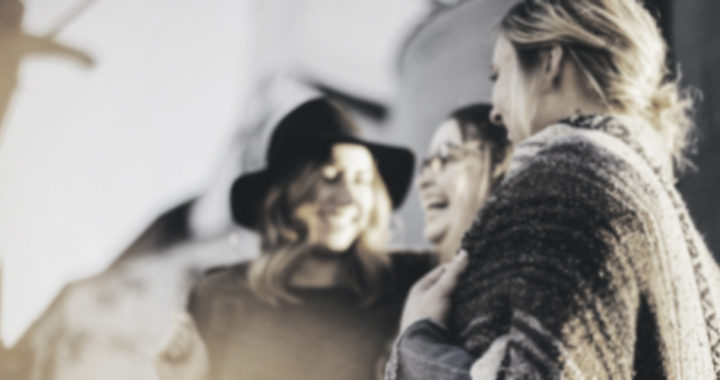What were the roles of women during World War I? During World War II? Why were they considered important during wartimes? What were their contributions?
Large-scale wars and their aftermaths had brought forth an opportunity to revitalize social structures and institutions. One prime example was the important roles of women during the First World War of 1914-1918 and Second World War of 1939-1945.
The Roles of Women During World War I and World War II
As Assets: Roles During World War I
In her BBC article, history professor Joanna Bourke said that British women started embracing newfound roles in the society during and after the war. These included landing jobs traditionally held by men. Note that those jobs traditionally held by women such as domestic labor started to diminish around the same.
Elsewhere in the world, women started receiving political favors. An article published online by the information website FirstWorldWar.com mentioned that United States President Woodrow Wilson signed he 19th Amendment ratified by the U.S. Congress in 1920. This amendment to the U.S. Constitution promotes promoted the political rights of women by franchising them with the right to votes.
The same information website also said that Canada passed and implemented a law that prohibited married men from joining enlistment without the written consent of their wives. In Germany, women started forming several labor unions around the same time feminists in France started to emerge in numbers,
It is important to take note of the fact that the assertion and promotion of feminine status and roles in the society were direct byproducts of World War I. Remember that during and after the war, there was a great demand for citizen participation within involved nations. Some women attended to wartime needs while others simply occupied jobs that were left vacant by men.
Once these women were able to land substantial roles and duties in the society, they were also able to assert further their significance. What made such assertion more possible was the help of supporters to include political figures and authorities.
Wartime Participation: Roles During World War II
The assertion and promotion of the roles of women in the society was revitalized further during and after World War II. It is worth mentioning that there were actually women who were directly involved in the war itself.
News media organization The Telegraph published a report which has chronicled the lives of six British women and their wartime participations. For example, there was a story about Phyllis Clemens who worked as a coder for an Army and Naval Intelligence signal station based in Malta.
Freydis Sharland and Emma Smith took jobs which were traditionally reserved for men. To be specific, Sharland was a pilot who worked for the Air Transport Auxiliary while Smith was a boater who transported heavy cargos between London and the Midlands
In taking things to the extreme, Margaret Pawley worked for the Special Operations Executive for Intelligence from 1943 to 1945 as a spy tasked to gather relevant intelligence overseas. Another women,
Guised as a member of the First Aid Nursing Yeomanry, she worked as a spy tasked to gather relevant intelligence overseas, particularly by intercepting correspondence and radio communications. Myra Collyer was also involved in classified information. She worked for the top-secret Cabinet War Rooms responsible for collating and reporting all war-related documents and information.
Another report from The Atlantic revealed that there were about 2 million women who worked for war industries. Most of them worked in governments, factories, and military auxiliaries. Others were even positioned at the frontlines as soldiers. About hundreds of thousands also worked as volunteer nurses. Hence, women casualties were also extensive during World War II.
Takeaway: The Roles of Women During World War I and World War II
International relations professor Joshua S. Golstein, in his book “War and Gender: How Gender Shapes the War System,” explained that the extensive participation of women, whether direct or indirect, during World War I and World War II was a product of what has been referred to as the construction of a feminine normal sphere experience.
The aforementioned gender construct has been used during wartimes order to elevate the spirit of male soldiers and the collective citizenry. After all, because of their innocence and appearance of purity, women have been regarded as a collective sanctuary for traumatized soldiers and troubled community.
Of course, it is also safe to say that the different pertinent roles of women during World War I and World War II were instrumental in stirring feminist thoughts and women empowerment. In several ways, their participation in important social affairs paved the way for the eventual realization of the valuable contribution of women in the society.
REFERENCES AND FURTHER READINGS:
- Bourke, J. 2011. “Women on the Home Front in World War One.” BBC. Retrieved online
- Goldstein, Joshua S. 2001. War and Gender: How Gender Shapes the War System. Cambridge: Cambridge University Press
- Martin, S. 2009. “Women and WWI.” FirstWorldWar.com: A Multimedia History of World War One. Retrieved online
- Taylor, A. 2011. “In Focus, Alan Taylor: World War II: Women at War.” The Atlantic. Retrieved online
- The Telegraph. 2009. “WW2: The Role of Women in the Second World War.” The Telegraph. Retrieved online
